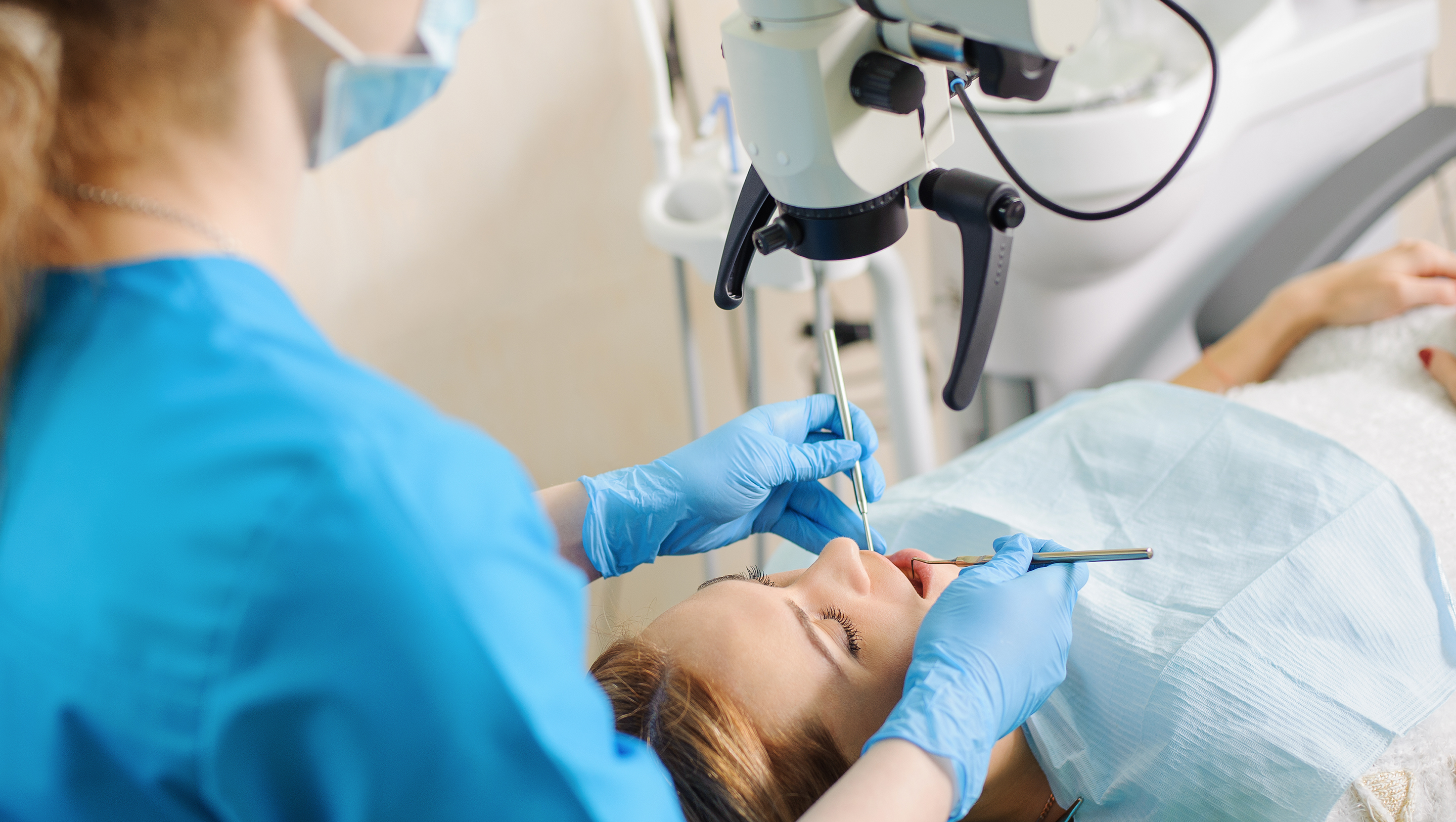Sedation Dentistry

Your dental professional may have recommended conscious sedation to ensure that you are comfortable and relaxed during your procedure, or you may have considered some form of sedation because you have some anxiety about the procedure. Conscious sedation is a safe, drug-induced state in which you are conscious and pleasantly relaxed- yet free of fear, anxiety and apprehension. It is different than general anesthesia, and it does not carry the inherent risks associated with general anesthesia. If you have questions about conscious sedation, contact our office for more information.
- Oral sedation: This is a form of conscious sedation that employs the use of a tablet to help relax the patient and make the appointment as stress free as possible. Oral sedation helps to take the “edge” off, however, you will not be fully asleep with this medication. This is similar to the sedation given to patients with a fear of flying. This type of sedation requires a driver to bring the patient to the appointment, stay throughout the entire procedure and then drive the patient home.
- IV sedation: This form of moderate conscious sedation requires an IV be started in the arm and medications are given throughout the procedure. This provides a deeper sedation and the medications given help you relax and many times you will not have a memory of the procedure. Like oral sedation you are still conscious and able to breath on your own, however, you may drift to sleep during the procedure. This type of sedation is stronger than the oral sedation.
- General anesthesia with Dr. Atwood: Dr. Atwood is one of only a few Dentist Anesthesiologists in North Carolina. He works with Chapel Hill Periodontics and Implants to provide general anesthesia and sedation services so that patients may receive comprehensive treatment without discomfort or recollection. Dr. Atwood studied at Davidson College and attended the University of North Carolina School of Dentistry. He completed his postgraduate training in Anesthesiology at Lutheran Medical Center in New York City. During that time he also practiced pediatric anesthesia in Arizona and special care anesthesia at Helen Hayes Hospital in New York. He is a member of the American Society of Dentist Anesthesiologists and lectures regularly on multiple aspects of anesthesia practice.
